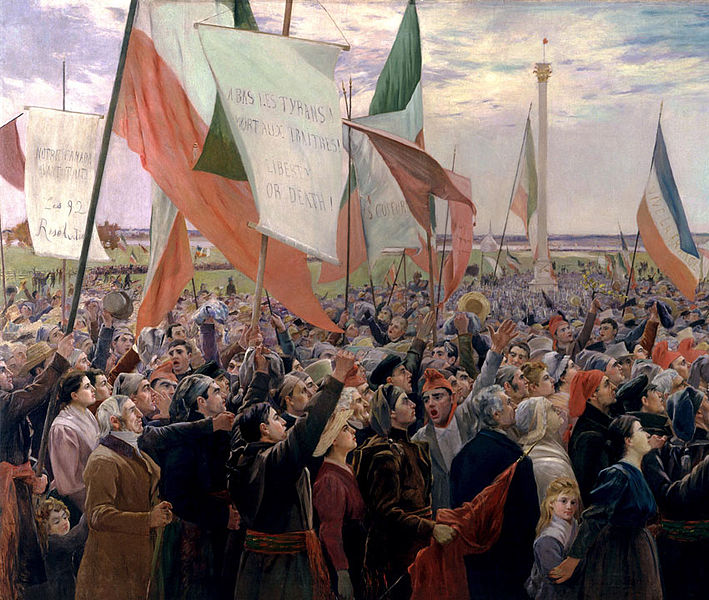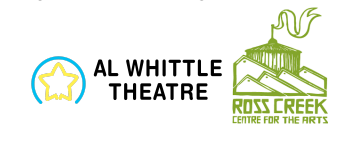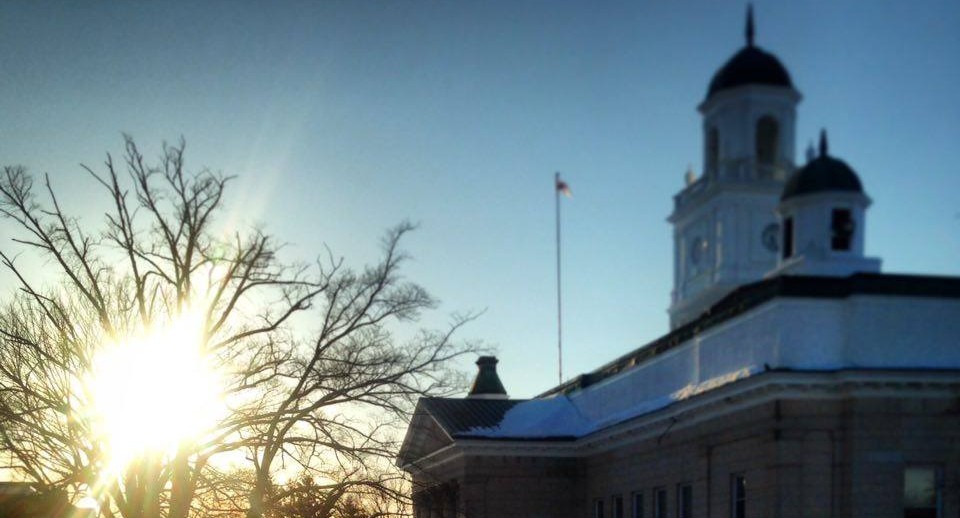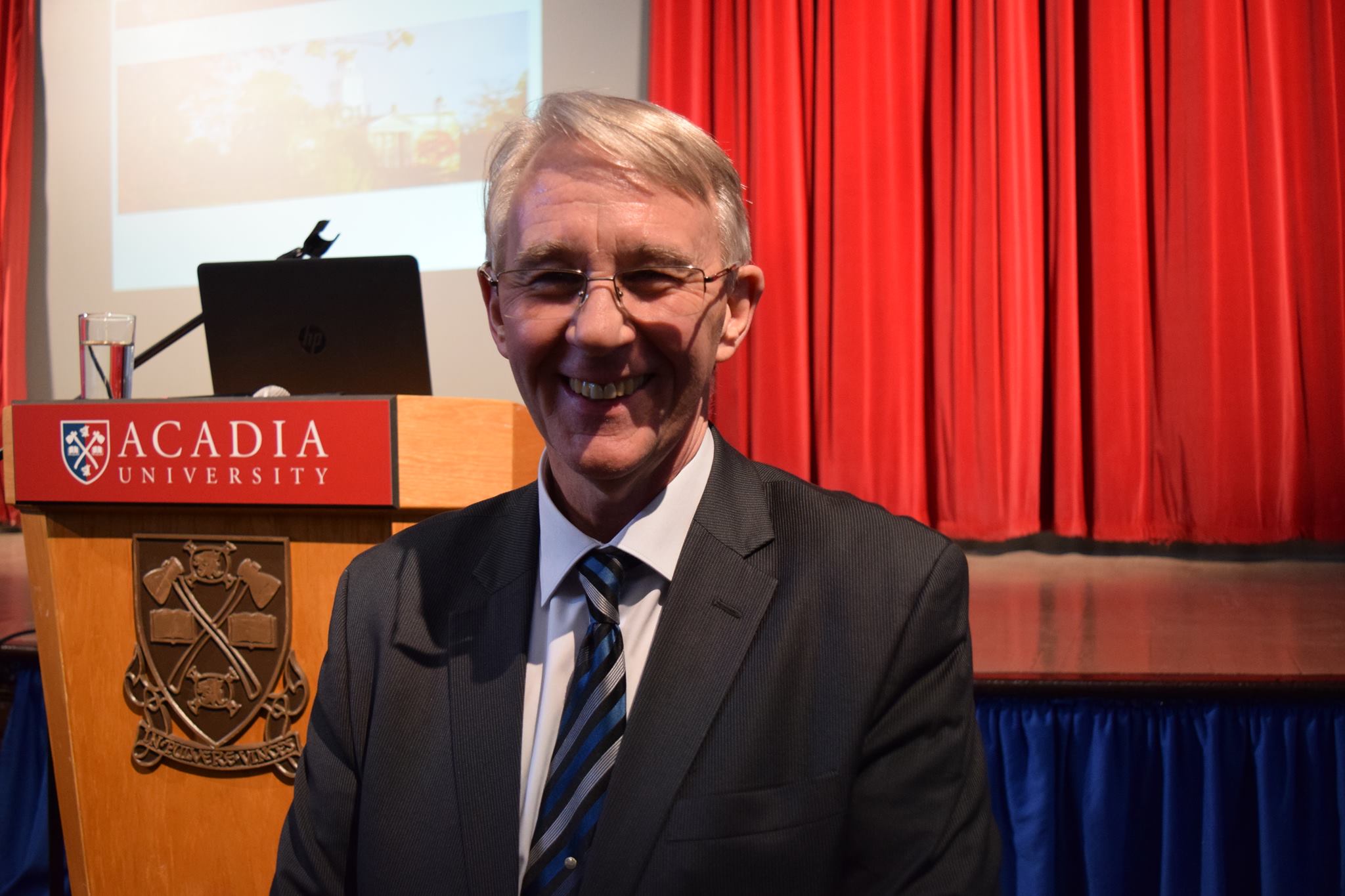Painting by Charles Alexander Smith
Canada has been an ever-evolving project. Complete constitutional independence was not enacted until the Canada Act of 1982. Canada was only removed from the British Empire when the Westminster Statute of 1931 was passed. The Westminster statute helped dismantle the system of Dominos in favor of independent Commonwealth countries that shared the same Monarch. This was enacted in law and gave the Dominions right to an independent Foreign policy, which stated that the dominions were equal in status and not subordinate to each other.
Canadian democracy also evolved overtime.
1867 is not the first instance of Canada declaring political independence from the British Empire. The rebellions of 1837-1838 provided an essential political backdrop which ultimately led to the federation of the provinces into the country we call Canada.
These armed uprisings took place in Upper, and Lower Canada which were the pre-confederation names of Ontario, and Quebec. Each led by different people with the same objective, whichn sought to establish a responsible government in Canada.
Previous to the rebellions, the two colonies were controlled by a small group of wealthy individuals. In Upper Canada, it was called the Family Compact and in Lower Canada, the Château Clique. The population was fed up with the undemocratic rule and looked to the newly formed United States for inspiration. Canadians were inspired by Republican ideas and wanted to enact a Republic of their own.
William Lyon Mackenzie was an essential person in the conflict. His republicanism echoed through the colony of Upper Canada, and is the grandfather of future Prime minister William Lyon Mackenie-King. King was originally born in Scotland and emigrated to York in Upper Canada in 1820. Upon arriving in Canada, he published his first newspaper named the Colonial Advocate. Within time, he would be elected as a York Country representative to the Legislative Assembly in 1827, and eventually became the first Mayor of Toronto in 1834, when York transitioned to Toronto. He became convinced that reforms would only be possible if the citizens of Upper Canada engaged in an armed conflict with the Crown to assert their independence.
William Lyon Mackenzie was joined by another reformer Louis Joseph Papineau in Lower Canada. Papineau served as a militia officer in the War of 1812. He would later be chosen as the leader of the Parti Canadien, which aimed at radically reforming the colony. Papineau and his colleagues wrote the Ninety-Two Resolutions which were passed by the Legislative Assembly in 1834. The Ninety-Two Resolutions called for radical reforms such as an elected Legislative Council and for the Executive Council to be responsible before the house of common representatives.
The British government responded by rejecting all 92 of the resolutions. This prompted Papineau to lead a protest and form popular assemblies which would protest the resolutions’ rejections.
Papineau called a boycott on all British imports into Lower Canada. The British government rejected similar reforms in Upper Canada. This prompted Mackenzie to organize a meeting dubbed the Committee of Vigilance, which published a critique of Lieutenant-Governor Francis Bond Head that described him as an authoritarian tyrant.
During the Summer of 1837, Mackenize went across the colony promoting self-government by the people of Upper Canada. During the fall of 1837, he would travel to Lower Canada to meet with Papineau and the Patriots. On October 9th, the patriots and Reformers organized an attack on the Upper Canadian government. At the meeting they decided that the rebellion would begin on December 7th, 1837. A declaration of independence was written by Mackenzie and printed at Hoggs Hollow. On December 1st, a supporter of the family pact reported Mackenzies actions to the authorities. An arrest warrant was Immediately issued for Mackenzie. In response, a number of Reformers started their march towards Toronto.
In Lower Canada, Patriots attempted to intimidate their colonial government by rioting near the homes of loyalists. Papnineau continued to organize protests; he maintained that it was not time to fight yet. His colleague and fellow leader Wolfred Nelson disagreed with Papineau and advocated for immediate armed rebellion. This split the Patriotes into two.
An association of loyalists named the Doric Club started fighting with the Patriots which promoted violence to break out across Montreal.
Edmun Bailey O’Callaghan joined Papineau in the creation of the Counseil des Patriotes on November 15th. Governor Lord Gosford immediately ordered their arrest which prompted most of the Patriot leaders to flee to southern Canada before crossing into the United States later in the month.
When three Patriots were arrested and sent to Saint-Jean, the officers were met with 150 Patriots who liberated the prisoners. This victory brought a much needed morale boost to the Patriot cause.
Led by Wolfred Nelson, the Patriots defeated a government force at the Battle of Saint-Denis.
Government forces managed to defeat the Patriotes at Saint-Charles and then again at Saint-Eustache burning a Patriote outpost.
On December 5th, the government of Lower Canada declared martial law, however,by this time all three of the Patriot leaders had fled to the United States.
In Upper Canada, a Reformer group arrived at Montgomery’s Tavern. Mackenzie gathered the rebels at noon on December 5th and marched towards Toronto.
The government offered amnesty to the rebels if they dispersed immediately. Mackenzie and co-leader Lount asked for the colony to organize a convention to discuss the policies which lead to the rebellion in the first place. In response, the government withdrew their offer. Mackenzie grew erratic burning houses of loyalists. When he did try marching, his troops went to the city, where they were fired at, which caused them to flee. Mackenzie at this time asked for troops from the United States by writing a letter to the newspaper, The Buffalo Whig and Journal.
The government troops would arrive at Montgomery’s Tavern on December 7th and fire upon the Reformer groups. Mackenzie fled with the rebels, leaving his papers behind. Bond for the arrest of Mackenzie was issued which pushed Mackenize to flee south to the United States.
When Mackenzie arrived in the United States he made speeches from Buffalo declaring his intention for Upper Canada to be liberated from British control.
While in the United States, the Reformers took a hold of Navy Island and declared the independent Republic of Canada. It was there that Mackenzie would ask Rensselaer Van Rensselaer to join him in leading an invasion of Upper Canada. Van Rensslear agreed to lead the Patriot forces
This was derailed when the ship they were using, the Caroline, was destroyed by British forces which forced Mackenzie to flee to Buffalo once again. He was arrested on the way for violating the Neutrality Act, which prohibited participating in an invasion of a country in which the U.S government had not declared war on.
He was released on bail and then returned to Navy Island in January. This would not last long as the British invaded the island on January 4th forcing the rebels to flee to the United States mainland.
Although the rebellion was quieting down, the Patriot War had just begun. A remaining number of rebels refused to give in and remained near the border. A rebel force was first raised in Detroit in which a war council was formed of like minded citizens. The Detroit jail was first raised when the Patriots seized 450 muskets and then stole another 200 weapons from the U.S marshals office. Fort Maiden in Upper Canada was attacked on January 9th, and as a result of reinforcements not arriving the rebels were imprisoned and jailed in the citadel in Quebec City.
The Patriots, then, planned for a set of simultaneous attacks on February 22nd. The steamboat Erie set sail for Canada carrying 400 troops. British troops were able to cross the ice and disperse the patriots however they were unable to cross into American territory and further pursue them as U.S officials refused to allow them to cross the border line.
The remaining rebels sailed to Pelee Island in Lake Erie were they were attacked by British forces and 10 troops including Van Rensslear was killed with 5 British soldiers being killed. The retreating Patriots surrendered their arms to U.S authorities and then disbanded.
William Lyon Mackenzie arrived in New York City in May, motivated to draw up more support for his independence cause. He launched Mackenzies Gazette, which supported Patriots and discussed Canadian topics. In August, the paper pivoted to American politics until he suspended the paper in Fall of 1838 to try to create a Canadian Association to rebuild the Patriot forces.
Meanwhile, the first Hunters Lodge was formed in North Vermont in early Spring. The Lodge spread rapidly within Quebec. At these lodges, the Secret Order of the Sons of Liberty, a secret society aiming to organize remaining rebels loyal to independence was assembled.
In September 1838, 160 delegates joined in a week-long conference named the Patriot Congress in Cleveland, Ohio where they appointed a provisional Canadian Republican Government.
The Hunters Lodge united and declared that they would launch an invasion of the Canadas on November 1st. The Eastern decisions would attack Quebec on November 3rd, while the Western division planned an attack on Detroit.
Major General John Ward Birge convinced the Eastern New York lodges to attack Prescott on the St Lawrence River instead. A standoff occurred on November 16, when artillery was brought from Kingston to capture the troops. 137 would be taken prisoner with 80 killed. The prisoners would be defended by future Prime Minister John A. Macdonald who was a lawyer in Kingston at the time.
The final attack was a western assault on Windsor. 5-6 hundred people established a camp at Brest. The militia would soon seize the Champlin which was a streamboard. The troops arrived in Windsor at 2 am the following morning.
The Patriot militia encountered resistance from a citizens defense militia which used a store as the guardhouse. The Patriots set fire to the store to flush defenders out into the open. The Patriots continued to Windsor where they took positions at a farm which contained an orange orchard.
At 7 am, a 60-man company successfully repelled the invasion. They pushed the Patriots out of the orchard and towards the town. Further reinforcements arrived, however, the Patriots had made their escape by then. The United States government would step in and prevent a second planned attack. After this, the volunteer army dispersed,putting an end to the Patriot War.
The aftermath was felt widely through the Canadian colonies. Rebels who were imprisoned were put on trial and most found guilty of insurrection against the Crown. Many of the rebels were forcibly moved to Australian prison colonies, and others were hanged in Toronto, such as Samuel Lount and Peter Matthews.
Some of the moderate members of the rebellion gained prominence after the rebellion, such as Louis-Hippolyte Lafontaine, who would become the first Premier of the United Province of Canada.
Lord Durham wrote a report of the rebellions where he recommended the British Empire establish Responsible government in the colonies and recommended merging Upper and Lower Canada into a single colony. Similarly, he recommended the assimilation of French Canadians into English language and culture.
Responsible government would not be granted until 1849. This period resulted in increased cooperation between the British Crown and the American government as both sought to quell similar rebellions from taking place.
Mckenzie’s trial began on June 19th 1839, and resulted in a sentence to serve 18 months in jail in Rochester. Although 300 000 people signed a petition to release Mackenzie, President Van Buren wanted to distance himself from the affair, however, Democrats in the United State Congress also called for his release resulting in Van Buren granting his release in 1840.
After his release, Mackenzie would continue to publish the Gazette. The Crown would eventually pardon participants in the rebellions which allowed Mackenzie to return to Canada in 1849. Hewas elected to the legislature the next year. Hewas eventually died in 1861.
Papineau, on the other hand, stayed hidden in New York City until February 1839 when he left for Paris because he hoped to get France involved in the conflict. He would as well be granted amnesty, and would eventually become an elected official sitting as an independent in the legislature. He would die in 1871.
The reformer and Patriot cause may have perished in the rebellions, however their legacy would continue in the form of political parties.
The 1st Parliament of the Province of Canada would be divided by Unionists (supporting the union of the provinces), anti-unionists, and Torys (Who supported the government of the former compacts which ruled the colonies before the union.)
The 2nd parliament traditional parties would emerge with Conservatives, Reformers, and Patriotes. The 3rd parliament would see an emergence of the Liberal, and Clear Grit groups. The 5th parliament, French Canadian progressives, would take on the name Rouge. This multi party system would continue with Conservatives being split between the Liberal-Conservative, Bleu, Tory, and Conservative labels until the British North America Act in 1867 established The Dominion of Canada.
Upon the Creation of the Dominion of Canada, federally the right wing of the legislature was split with Conservatives, and Liberal-Conservatives that formed a ruling coalition led by John A. Macdonald. The Reformers, Grits, and Rogues (who evolved from the Patriots) was united under the Liberal banner, when a united Liberal Party was formed.
A notable number of Maritime voters elected anti-confederation candidates which did not support the confederation of the colonies into one country.
Canadian political history was strongly affected by the 1837-1838 rebellions. The rebellions were the first major push for democracy in the Canadian colonies. It also laid the roots of the political parties that still exist to this day, like the Liberal party, which has remained unchanged since 1867 and the Conservative Party, which has undergone multiple name changes since 1867. It can be seen as the birth of Canadian democracy.





